Mount Hua
Mount Hua, known as "Xiyue" and "Taihua Mountain" in ancient times, is one of the five famous mountains in China and the birthplace of Chinese civilization. The "Hua" of "China" and "Hua Xia" originated from Huashan . Located in Huayin, Weinan City, Shaanxi Province, 120 kilometers east of Xi'an, capital city. South Qinling Mountains, North view Huang Wei, since ancient times, there is "the most dangerous mountain in the world". Huashan is the first batch of national key scenic spots, national AAAAA class tourist attractions, national key cultural relics protection units.
Huashan is the holy mountain of the Chinese nation. China's "Hua" originated from Huashan, and Huashan has the name of "the root of China", . This achievement was first quoted by Sun Zhongshan and founded the Republic of China. According to Zhang Taiyan, a master of Chinese culture in the Qing Dynasty, and experts and scholars of the past dynasties, the Chinese nation originally formed and lived in the "Zhou of Huashan", named after its territory called China, and then traveled all over Kyushu.
Huashan is the Holy Land of Quanzhen School, the mainstream of Taoism. It is the "Fourth Cave Heaven" and also the God widely worshipped by the Chinese people, namely, the monarch God of Huashan Mountain in Western Yue. There are 72 semi-suspended holes and more than 20 Taoist temples. Among them, Yuquan Court, Dulong Temple, Host Court and Zhenyue Palace are listed as the key Taoist temples in China. There are Chen Xuan, Hao Datong, He Yuanxi and other famous Taoist masters.
In 1982, Huashan was promulgated by the State Council as the first batch of state-level scenic spots; in 1991, Huashan was rated as one of the 40 best tourist attractions by the State Tourism Administration; in 1999, Huashan was named as a demonstration site of the National Civilized Scenic Spot by the Central Civilization Commission, the Ministry of Construction and the State Tourism Administration; in 2004, Huashan was rated as one of the ten most famous mountains in China; In 2011, Huashan was appraised by the National Tourism Administration as the national AAAAA level tourist attraction . In June 29, 2017, Huashan was awarded the "2017 China's most popular tourist attraction" award.
Huashan is one of the nine sun-viewing places in Shenzhou. The sun-viewing place is located in the eastern peak of Huashan Mountain (also known as Chaoyang Peak). The balcony is the best place. One of the 50 scenes of the Yellow River, China.
Huashan is situated in Huayin City, Shaanxi Province, between 109 degrees east longitude 57'- 110 degrees 05', and 34 degrees north latitude 25'- 34 degrees 00'. The East-West length is 15 km, the width of the north and south is 10 km, and the area of the scenic area is about 148 sq km. It is 120 kilometers west of Xi'an, capital of Shaanxi.
The Huashan Mountains are plutonic intrusive granite plutons with coarse-grained (5 mm in diameter) porphyry granite at the top and medium-grained (2-5 mm in diameter) granitic River feldspar and gneissic granite in the middle. According to radioisotope measurements by geologists, the Huashan granite was formed about 121 million years ago, and the crust in the Huashan Mountains was active. During the process of compression, folding and rupture, magma began to rise and intrude into the surface crust along the cracks, and cooled at a depth of 3-6 km, condensation and diagenesis.
Huashan granite has more obvious joints and faults which move westward 20 degrees north. Others include the north-south direction, the North 30 degree westward direction, the North 10 degree east direction, and the north 50 degree east direction. In addition, there are nearly horizontal vertical and horizontal faults and joints, the complete granite body is divided into large and small blocks, in the vertical and horizontal river cutting activities, weathering and denudation formed a steep peak and many strange-shaped rocks.
The three peaks of East, West and South are interconnected with each other and are the main peak of Huashan. Zhong Feng and north peak are supplemented by surrounding small peaks.
Climatic characteristics
Far from the ocean, Mount Huashan is located between 30 and 60 degrees north latitude of the westerly belt and 53 degrees 7', belonging to the continental monsoon climate of warm temperate zone. Because of the steep elevation of the mountain, the vertical temperature gradient of the foothill and the peak (or the direct reduction rate of temperature): the northern foothill from the county town to the peak, the elevation of each 100 meters increased, reduced by 0.44 degrees Celsius, the southern foothill to Luonan calculation, the elevation of each 100 meters increased, reduced by 0.5 degrees Celsius.
air temperature
Low mountain area (below 1000 meters above sea level) is temperate climate. The annual average temperature is 9-14, the hottest monthly average temperature is 24-28, frost-free period is 180-240 days, the daily average temperature is more than 5, 210-270 days is more than 10, and the annual accumulated temperature is 32000-4500.
The average temperature in mountain area (above 1000 meters above sea level) is less than 8, the coldest monthly mean temperature is - 2.5 - 10, the absolute minimum monthly mean temperature is - 40, the hottest monthly mean temperature is 21 - 24, frost-free period is 120 - 150 days, the daily mean temperature is, 150 - 180 days is, and the annual accumulated temperature is 1600
precipitation
The annual precipitation in low mountain area (below 1000 meters above sea level) is 600 mm, and that in high mountain area (above 1000 meters above sea level) is 800-900 mm. The precipitation in the north foot (Huayin Station) is 600 mm, in the south foot (Luonan) is 725 mm, and the peak (Huashan Station) is 925 mm. Between 1000 and 1400 meters, it is the rainy belt or the largest rainfall belt.
cloud
The cloudiness of Huashan has obvious regularity. In summer, cloudiness is the most in the daytime, and the cloud layer usually thickens and rises with height. The highest noon, the minimum cloudiness occurred in the morning, the opposite in winter, and the cloudiness appeared at noon and at least before and after noon. Summer cloudiness is the most and winter is the least.
From about 70 million years ago in the Cenozoic Yanshanian period, the crust of the Huashan Mountains continued to rise, while the Weihe River zone went down in the opposite direction. This kind of internal dynamic crustal action is fast, slow and intermittent, showing many flat triangular or trapezoidal surfaces parallel to the East-West line, forming a large fault in the northern foot of Qinling Mountains. These roughly parallel East-West faults cut mountains into long strip blocks. The fault blocks in the ascending and descending activities of each other are mostly located in the terrain of the northern valleys and the southern valleys. At the same time, there are many faults which are crossed with the East and West syncline, so that the original long bar blocks are cut into many sections. The movements of each segment occur before and after complex motion. With the interaction of rainwater, sunlight, freezing, flowing water and other external forces, the granite is directly exposed to the space.
wind
The structure varies with height and topography. The wind speed increases from 30 to 50 meters above ground level, and the wind speed increases slowly at the height of 250 to 300 meters. Air turbulence decreases with height. Valley winds usually range from 2 to 4 m / s. The wind direction is usually the mountain breeze in the daytime and the downhill wind at night. In autumn, the valley wind duration is relatively short, and the winter circulation is almost static.
In 1982, Huashan was promulgated by the State Council as the first batch of state-level scenic spots.
In 1991, it was appraised by the National Tourism Administration as one of the forty best tourist attractions.
In 1999, it was named by the National Civilization Commission, the Ministry of construction and the Tourism Bureau as the demonstration spot of the national civilized scenic tourist area.
In 2004, it was named the ten most famous mountain in China.
In 2011, it was rated as a AAAAA tourist attraction by the National Tourism Administration.
2018 China the Yellow River tourism conference was named "50 scenes of China's the Yellow River".
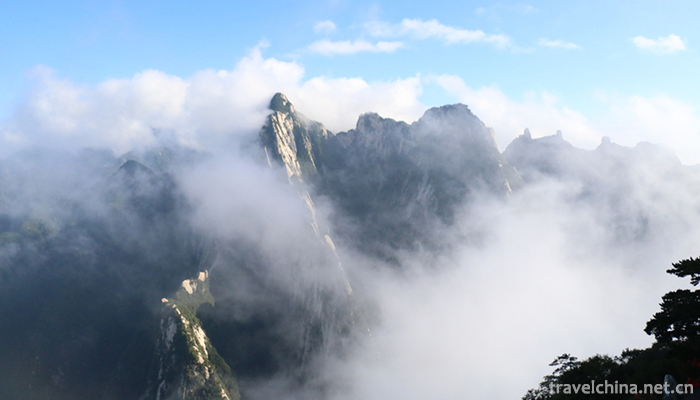
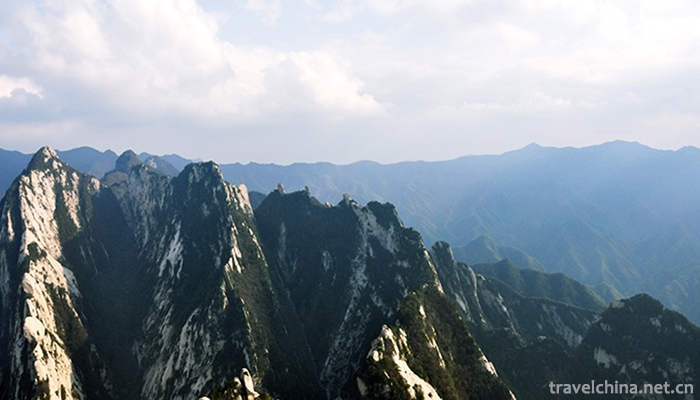
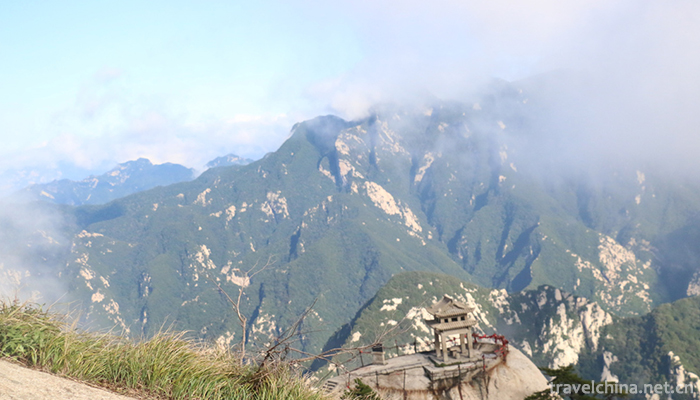
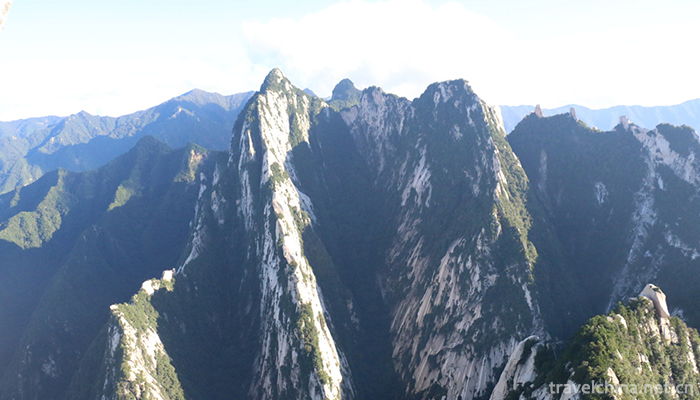
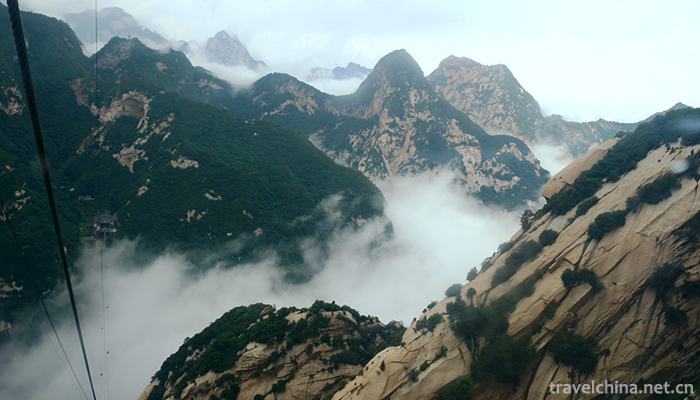
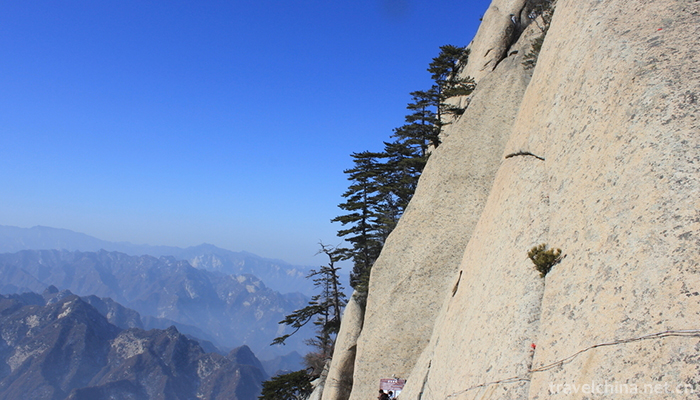
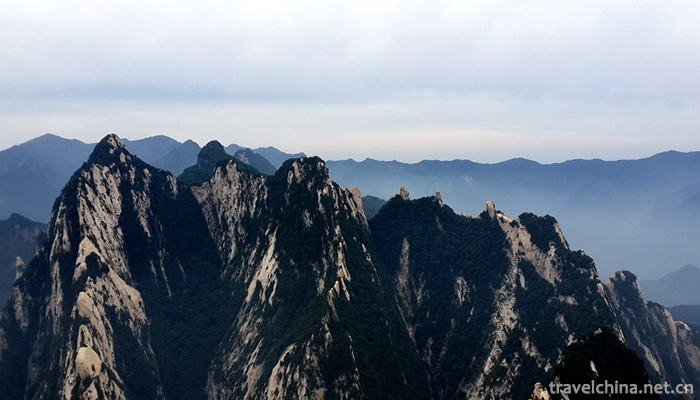
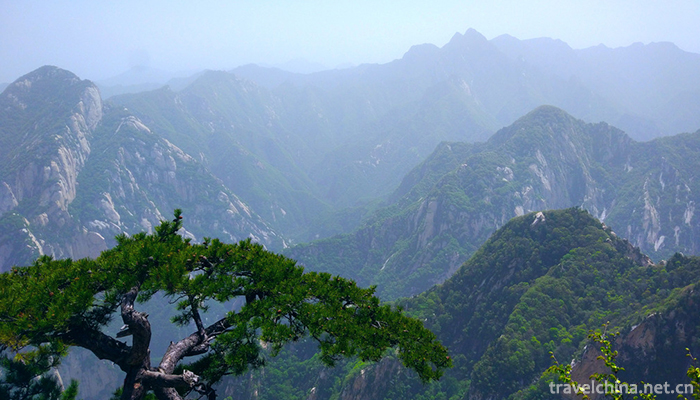

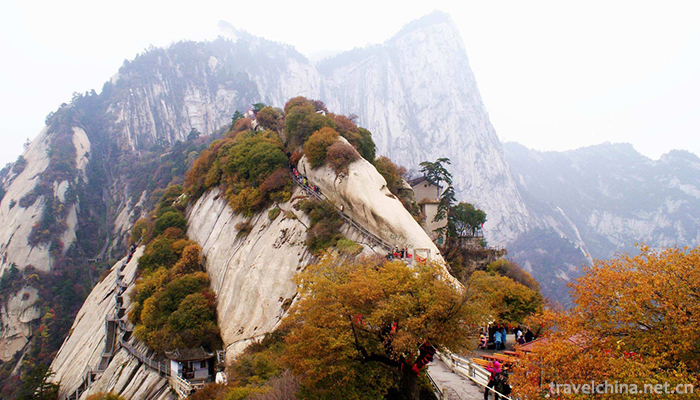

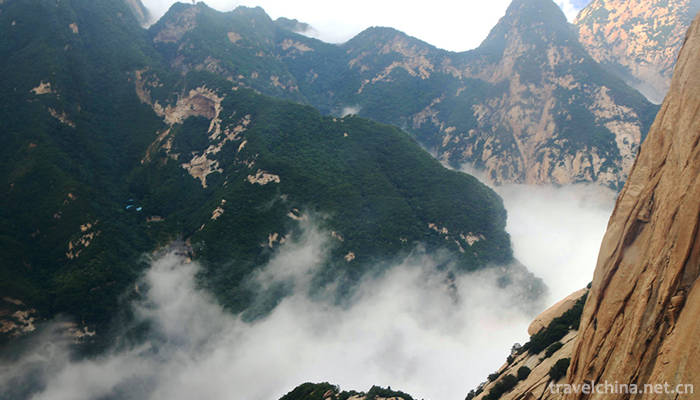

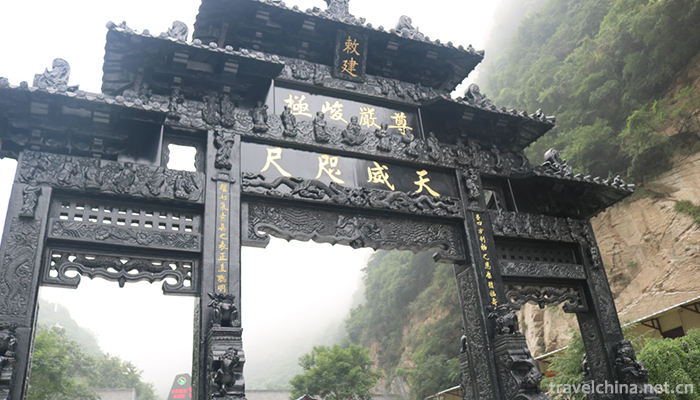
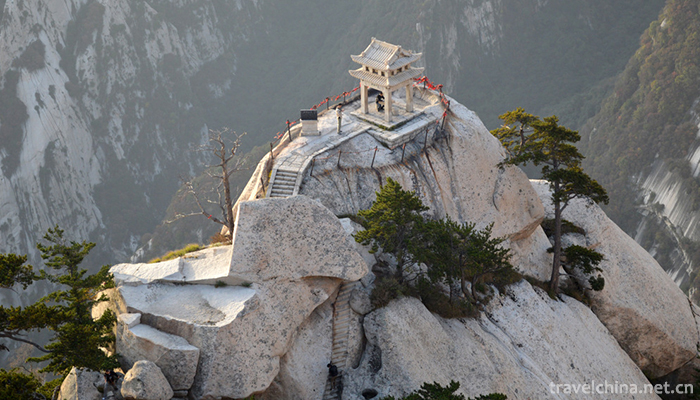
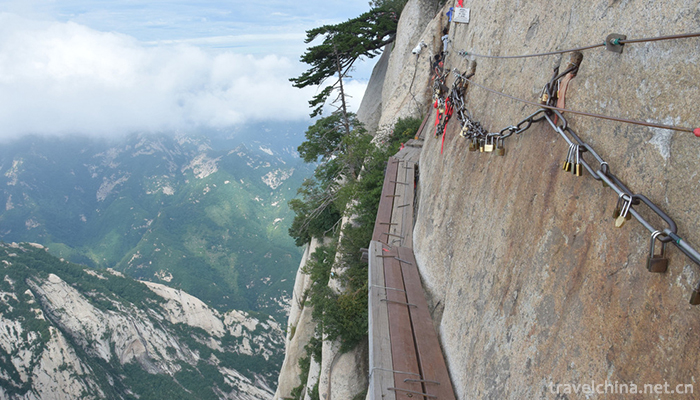

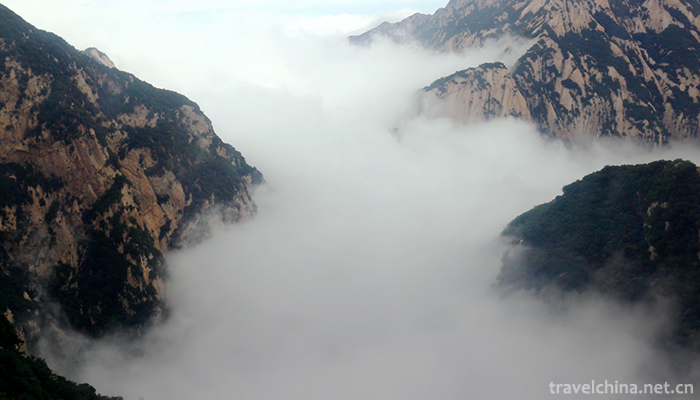
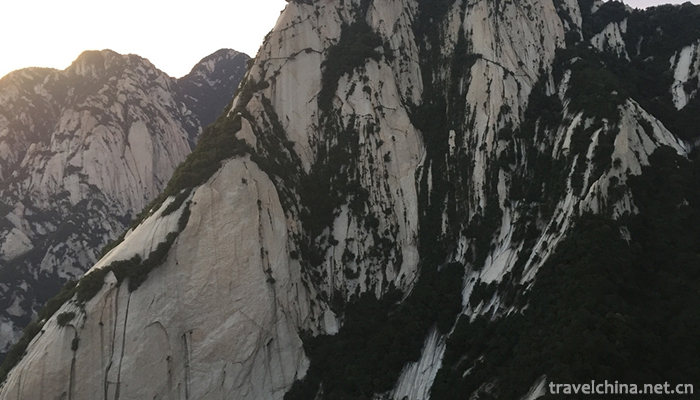
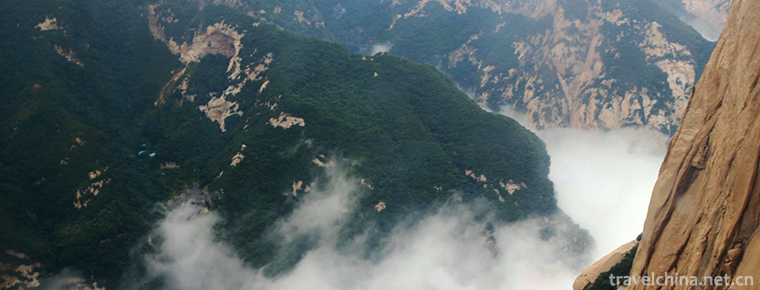
-
1.BaoGuGu National Forest Park
Baoqianggu National Forest Park, Shandong Province, is located in the southeast of Shanting District, Zaozhuang City, Shandong Province. Its geographical coordinates are 34 degrees north latitude 59'4
Time 2019-01-02 -
2.Yang Guan
Yangguan is the throat of ancient land transportation in China and the only pass along the southern Silk Road. Located in the southwest of Dunhuang City, Gansu Province
Time 2019-03-03 -
3.Cloth paste painting
Teng Teng is the founder of Teng's cloth paste painting. He was born in Fengning Manchu Autonomous County, Hebei Province in 1932. He is the director of Teng's cloth paste painting
Time 2019-04-04 -
4.Two strands
Erguxian is an ancient traditional opera, which was formed in Song Dynasty and has a history of more than 500 years. The two-strand string is evolved from folk minor,
Time 2019-04-28 -
5.Lanzhou drum
Lanzhou Drum, also known as Lanzhou Drum Ci and Lanzhou Quzi, is a popular folk form in Lanzhou area and one of the ancient Chinese Quyi. Lanzhou drum is a form of music art mainly composed of sitting
Time 2019-05-10 -
6.Liaobu fragrant Market
Liaobuxiang City is a traditional folk activity. During the Wanli period of Ming Dynasty, the scent of Guanxiang perfumed over Liaobu Town in Dongguan every day. Numerous guanxiangs were transported f
Time 2019-05-13 -
7.Five major tunes in southern Shandong
The five major tunes in southern Shandong, also known as Tan Ma Diao and Tan Ma Diao, are traditional folk song suites that are active in Tancheng County, Linyi City, Shandong Province, with Tan Town
Time 2019-05-15 -
8.Miao Lusheng Production Techniques
Miao Lusheng production process is complex, generally using scraping, cutting, through, hammering, clamping, drilling and other related tools, through the selection of materials, baking materials, mak
Time 2019-06-05 -
9.Guozhuo Dance in Shannanchang
Shannanchang Guozhuo Dance is a kind of waist drum, which originated in Dabu (now Jiacha) area. Legend has it that in the mid-eighth century, with the help of Buddhist masters such as lotus and peanut
Time 2019-06-13 -
10.Xinhua Folk Song
Xinhua Folk Song is a kind of traditional folk song mainly spread in Xinhua County, Loudi City, Hunan Province. Xinhua folk song has a wide range of contents, old style, unique style, simple rhyme, ch
Time 2019-07-06 -
11.Processing Technology of Traditional Chinese Medicine
Processing technology of traditional Chinese medicine, one of the means of preparation or extraction of traditional Chinese medicine, is declared by the Chinese Academy of Traditional Chinese Medicine
Time 2019-08-03 -
12.Beijing University Of Technology
Founded in 1960, Beijing University of Technology is a multi-disciplinary municipal key university with a combination of engineering, science, economics, management, literature, law, art and education
Time 2019-09-06